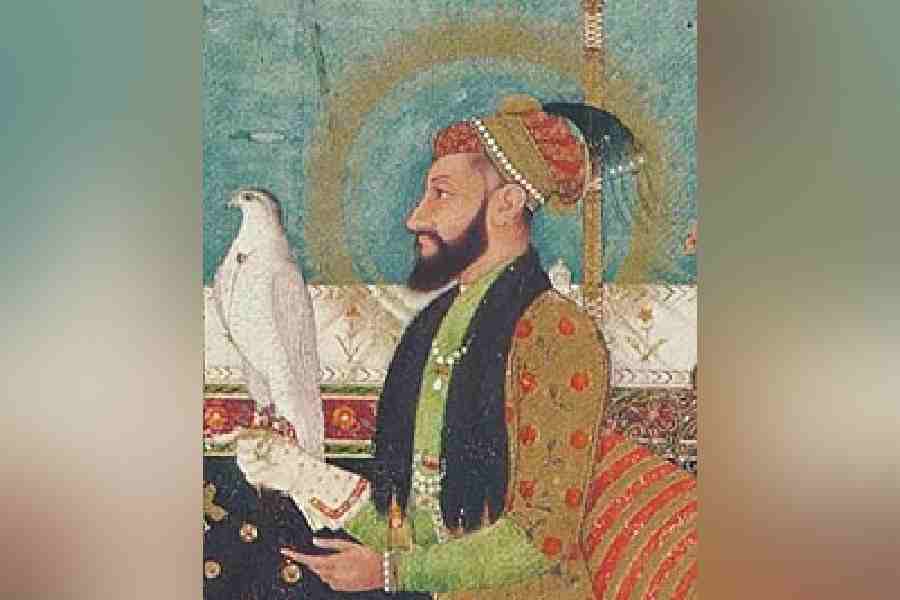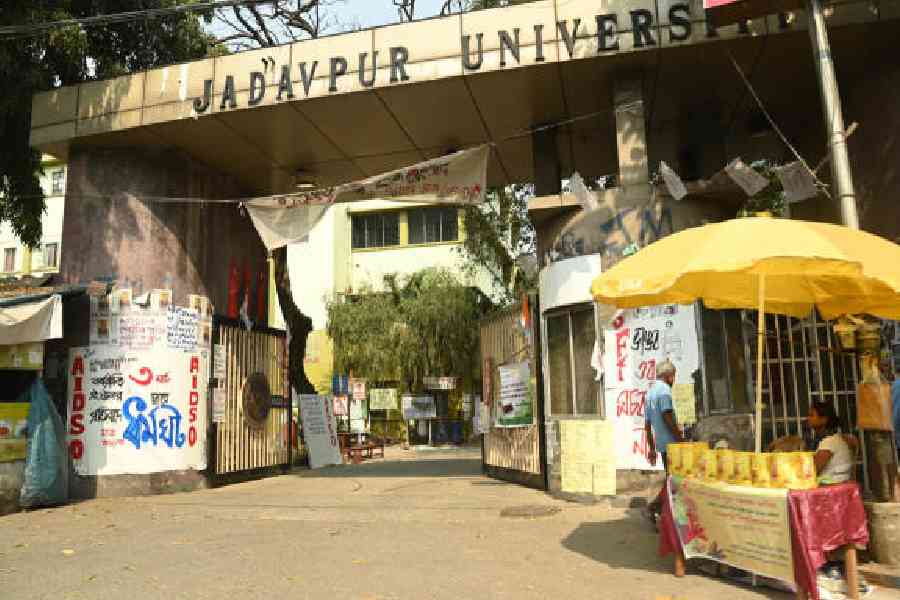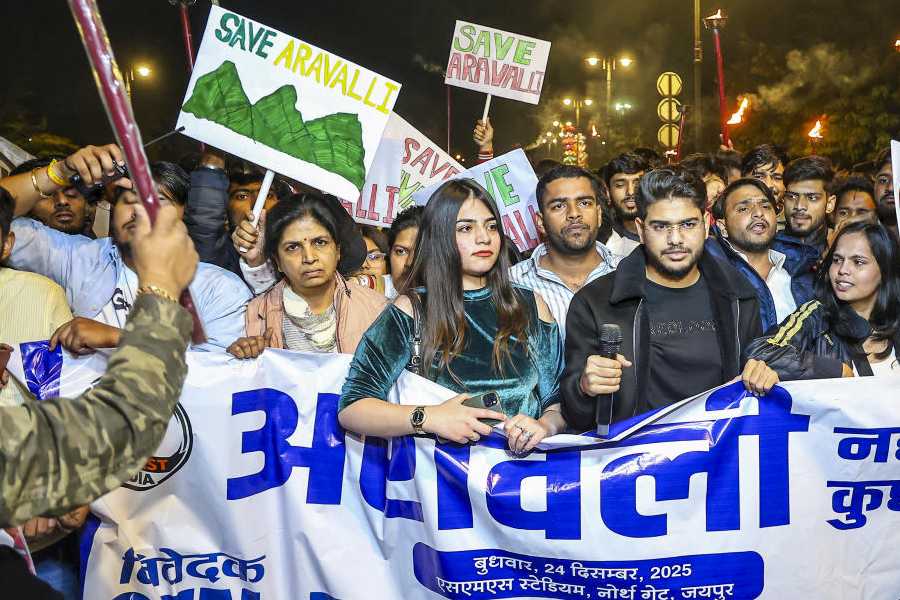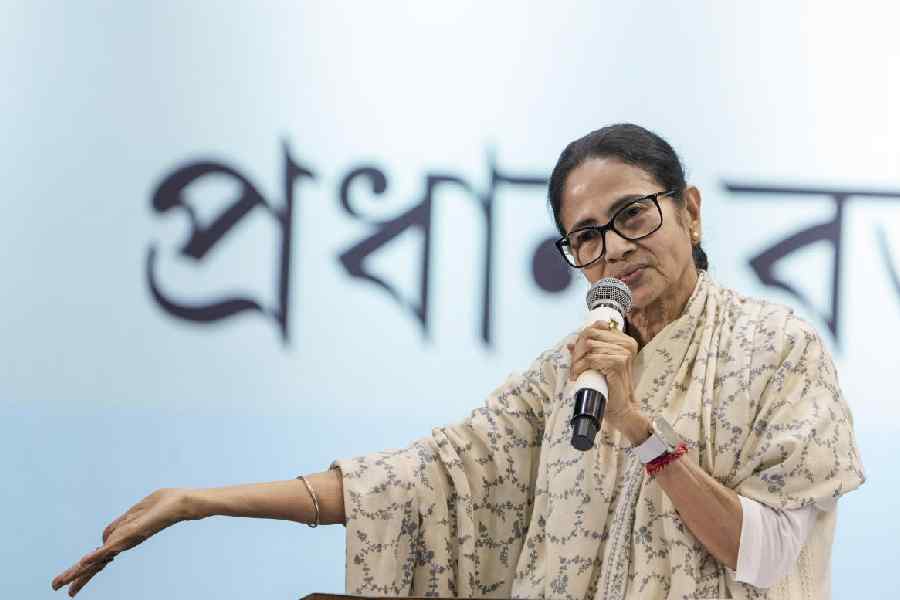The ghost of an ‘evil’ king, resurrected by a Bollywood movie, has ransacked the city considered the geographical centre of India.
Maharashtra chief minister Devendra Fadnavis told the state Assembly on Tuesday that the film Chhaava had reignited people's emotions against Mughal emperor Aurangzeb. The film, starring Vicky Kaushal, is about Sambhaji Maharaj, the son of Chhatrapati Shivaji Maharaj.
The film, the chief minister said on Tuesday, had brought before the people the true history of the Maratha king. "After that, people's emotions have been reignited. The anger against Aurangzeb is being exhibited in a big way," he said.
Nagpur erupted in violence on Monday evening after rumours went around that a holy book had been burned during a protest by a Right-wing group demanding the removal of Aurangzeb’s tomb from Maharashtra.
It’s not just Chhaava that has turned the son of Shah Jahan into a villain though.
“The controversy over Aurangzeb is not new — it has existed in some form ever since colonial rule,” Kingshuk Chatterjee, history professor at Calcutta University, told The Telegraph Online.
“[In contrast,] Akbar is seen as a liberal Muslim, someone who accommodated diverse religious communities and shaped an inclusive imperial identity. Aurangzeb, on the other hand, was a dogmatic Sunni Muslim who imposed religious taxes and stringently observed Islamic rituals,” he said.
According to Chatterjee, this framing of Aurangzeb as rigid and intolerant was carried forward into the nationalist movement of 1947 and has since been reinforced in the political discourse.
"Akbar’s policies were more accommodating, whereas Aurangzeb’s rule is remembered for its orthodoxy." he said.
Aurungzeb’s tomb is 500 km from Nagpur in Chhatrapati Sambhajinagar, the district that used to be called Aurangabad.
So, where are some of history’s other villains resting?
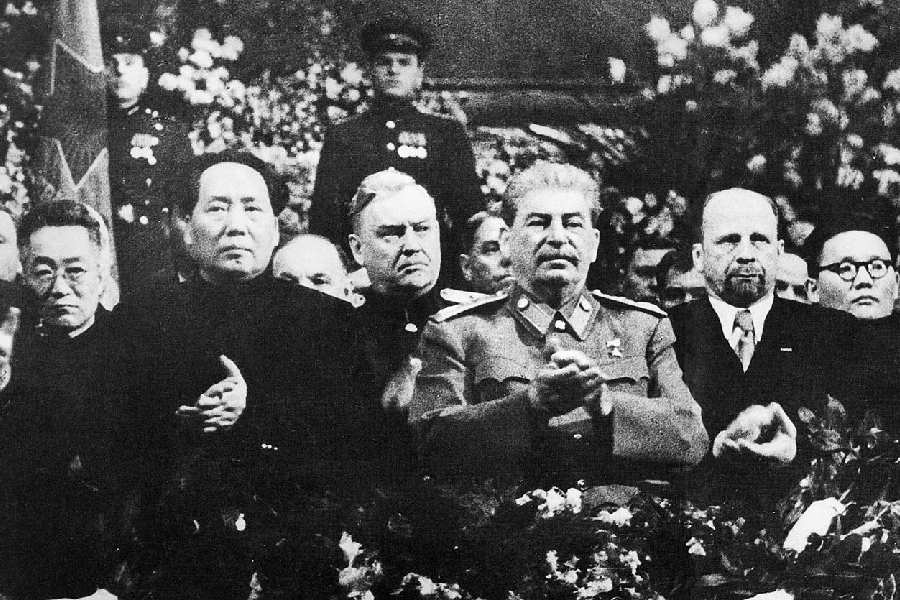
In Paris, Pol Pot was inspired by the writings of Mao Zedong and Joseph Stalin (pictured together in 1949) on how to conduct a revolution. (Wikipedia)
Pol Pot in the jungles
In the dense forests of the Dangrek Mountains in Cambodia, the remains of Pol Pot, one of history’s most ruthless mass murderers, lie in an unremarkable grave.
The man who orchestrated the deaths of nearly two million Cambodians during his Khmer Rouge reign was denied the dignity of a proper burial. His cremated remains were carelessly dumped into a dirt patch under a crude wooden shelter.
After decades of neglect,two young architects recently built a modern structure over the site, encasing it in a coffin-like enclosure.
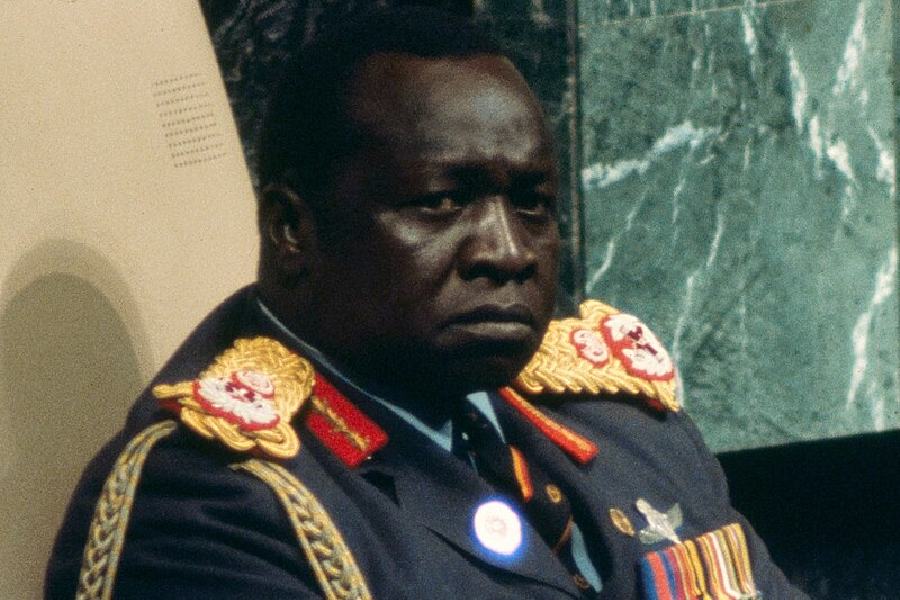
Idi Amin at UN (United Nations, New York) (Wikipedia)
Idi Amin in Jeddah
Idi Amin, the brutal Ugandan dictator, is buried in the Saudi Arabian city of Jeddah.
Expelled from his country, he lived his final years in exile, dying in relative obscurity in 2003. In the late ‘90s, a New York Times writer met him:
''Do you have any regrets, Mr. president?'' I asked. And the man who killed at least 300,000 Ugandans, who had the Anglican bishop of Kampala assassinated and dumped on the side of a road, and who had several of his own ministers thrown to the crocodiles of Lake Victoria, placidly replied, with his trademark Big Smile: ''No, only nostalgia.'' I asked how he wanted to be remembered. Apparently recalling his boxing days, he replied, ''Just as a great athlete.''
Idi Amin’s burial was attended only by his family. There was no state funeral, no national mourning.
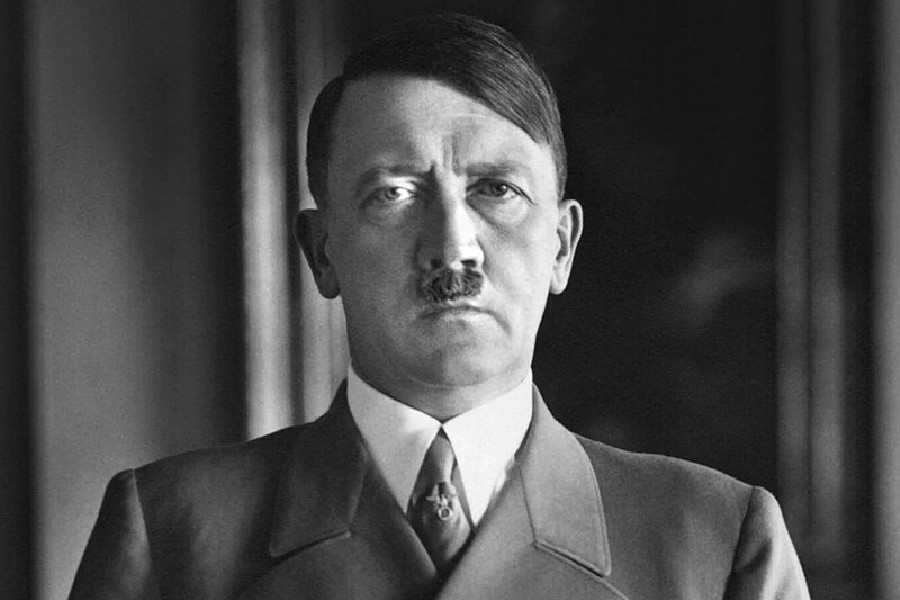
1938 portrait photograph of Adolf Hitler. (Wikipedia)
Hitler’s skull in Moscow
No dictator has been more obsessively erased from history than Adolf Hitler.
In the final days of World War II, as Soviet forces closed in on Berlin, Hitler shot himself in his bunker. Fearing that his body would become a shrine for neo-Nazis, the Soviets cremated his remains and scattered the ashes.
For decades, speculation swirled about what remained of Hitler.
In 2000, The Guardian reported that his jaw and skull fragments had been locked away in a Moscow archive. The rest had been buried under a Soviet parade ground in Magdeburg, Germany, before being secretly exhumed and destroyed, according to the British newspaper.
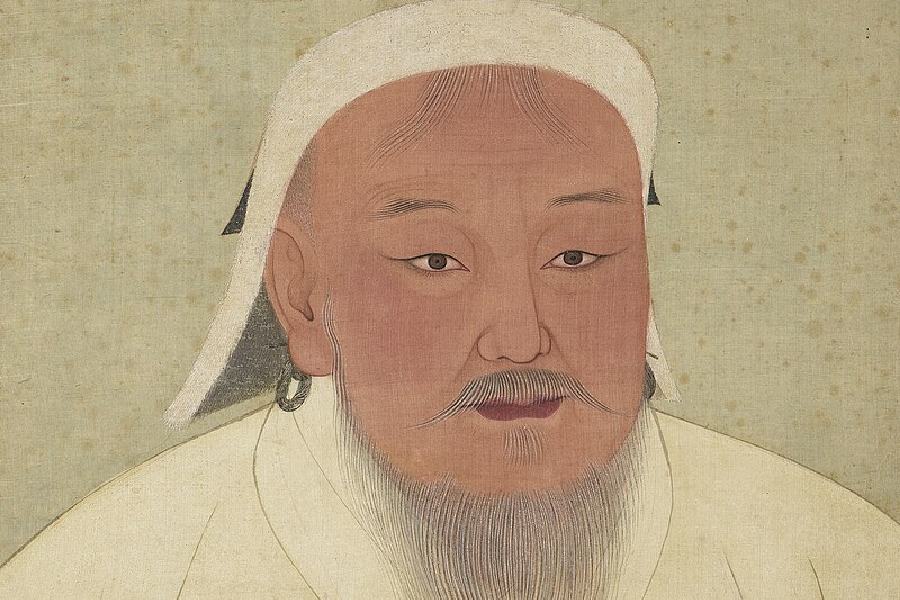
Taizu, better known as Genghis Khan. (Wikipedia)
Genghis Khan mystery
While remains of some of history’s villains have been erased, others remain shrouded in mystery. Like Genghis Khan.
The great – and brutal – Mongol warlord's burial site is unknown, hidden by design. Legend says that his funeral procession killed anyone they encountered to keep his final resting place a secret.
The exact burial location of Genghis Khan remains a mystery, with the most common belief being that it's near the sacred peak of Burkhan Khaldun in the Khentii Mountains of Mongolia, though the site has never been definitively located.
Despite multiple expeditions, including satellite-based searches by National Geographic, the tomb remains undiscovered. It is the Mongolian people who oppose finding it.
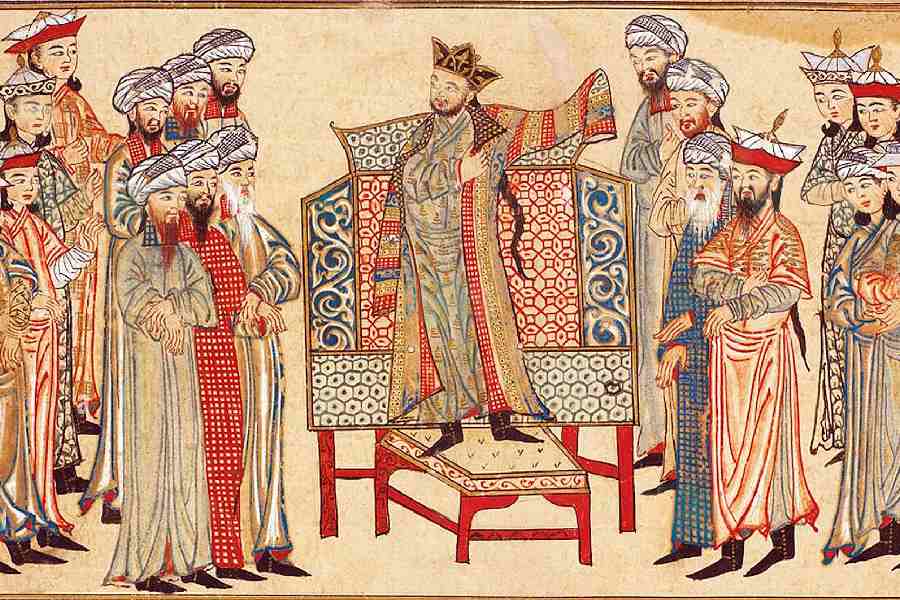
Mahmud of Ghazni. (Wikipedia)
Mahmud in Afghanistan
Mahmud of Ghazni, the 11th-century conqueror who raided India, is buried in Afghanistan. His grave is located in the village of Rauza, 4 km northeast of Ghazni, in a spot known as Victory Garden.
In 1842, the East India Company had removed the wooden gates of the tomb claiming that they belonged to the Somnath Temple that Mahmud raided. Later that claim was found untrue. The gates are now in the Agra Fort.

